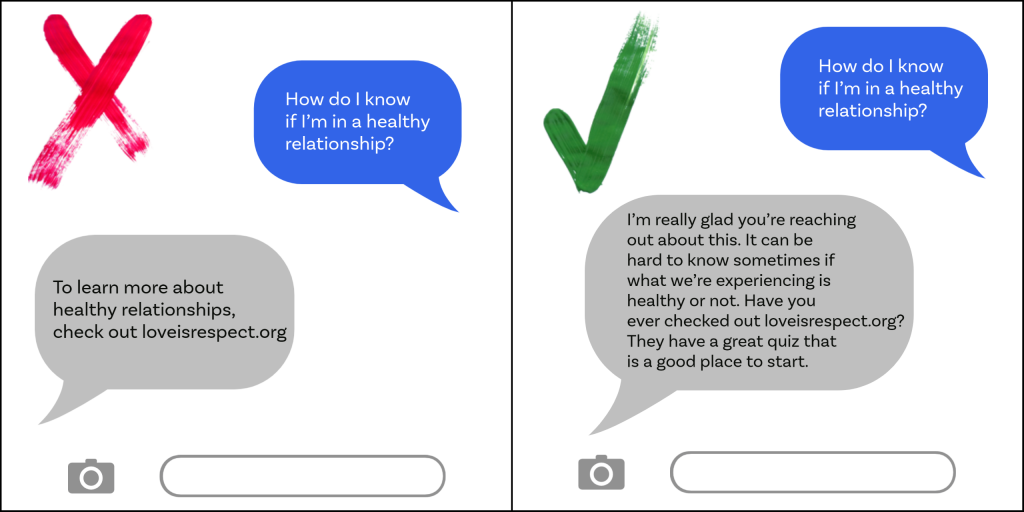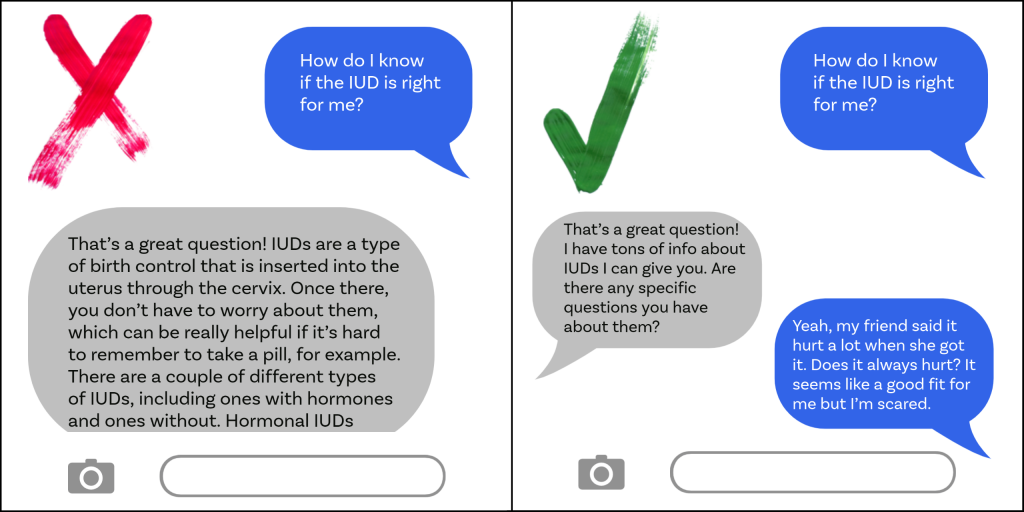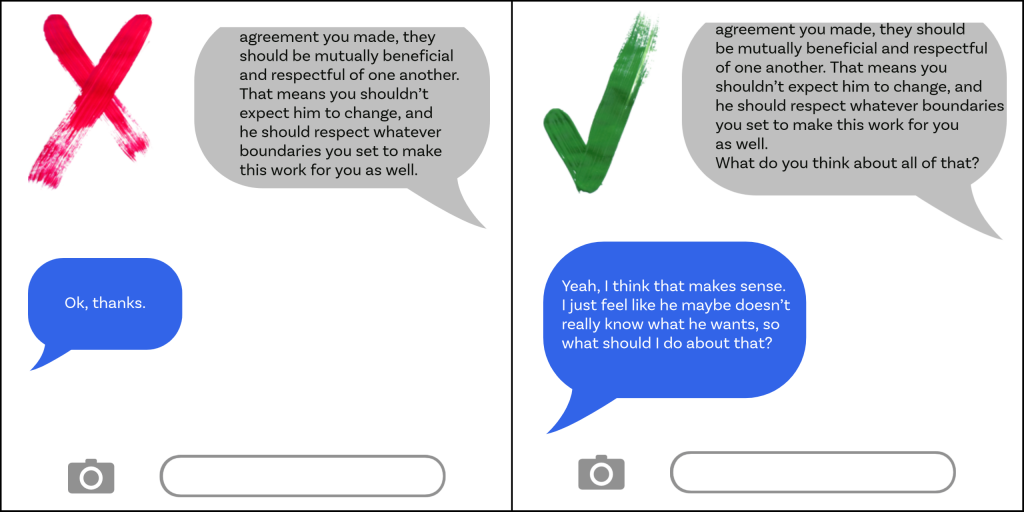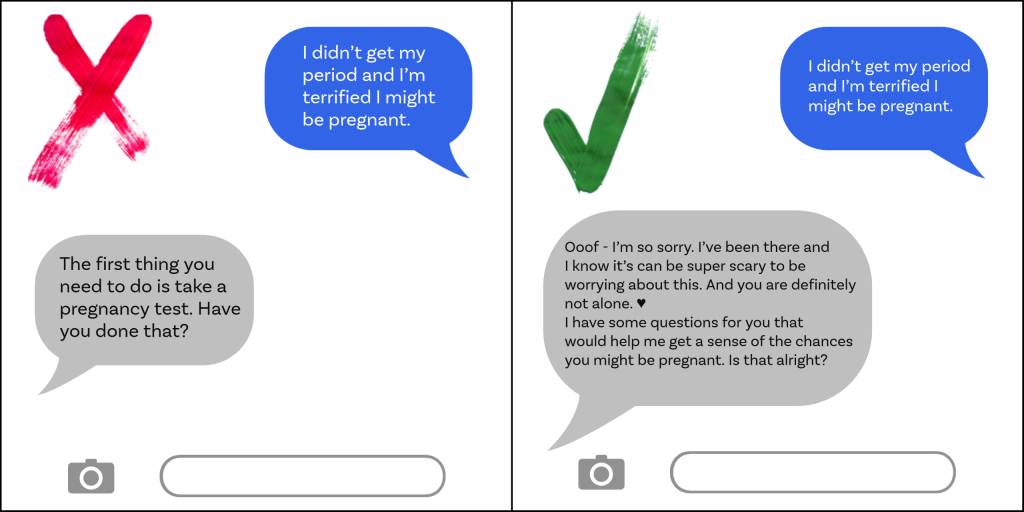Date: July 16th, 2020
By: Guest Blogger

Guest Blog Post by Elise Schuster
It’s become increasingly clear that our new normal is going to involve a lot of connecting remotely. While there are many professions where this switch has been seamless, for those working with young people, the shift to remote services has changed every aspect of working life.
Anyone who works with youth knows that our work is more impactful when we can build a trusting relationship with a young person. In-person work helps facilitate this process, allowing for moments of connection over something as simple as a shared love of hamburgers or a cool shirt. We also have the interaction of in-person work to help us. A young person can show emotion, be hesitant, be silent, or even interrupt us, and all of that changes our interaction with them in ways that move us toward being where they need us to be.
Without these in-person happenings, remote relationships with youth are harder to build. Often when we’re communicating remotely, it’s easy to drop into the highly professional style we’re used to using with coworkers—but this won’t work for young people. We have to find ways to build trust, find moments of common humanity, and allow space for young people’s needs and feelings even as we provide answers, referrals, or support.
I’ve spent the past two years figuring out what works and what doesn’t in remote relationship building on OkaySo, the app I run. We’ve had over 9,000 remote conversations with young people on a wide range of sexual health topics from birth control to unhealthy relationships to painful sex to coming out. I’d like to share a bit about what I’ve learned in the hopes that it helps all of us find better ways to connect.
Tip 1: Make a good first impression
Teens often reach out with a question or concern and the first thing we say back to them matters. Are we dismissive? Do we respond with a link to an article or jump into problem-solving? Or do we respond with empathy? I’ve been amazed at how far a simple “I’m so glad you reached out, it sounds like this is really hard” can take me.

Tip 2: Keep information brief
Sitting at your computer, it’s easy to get carried away typing an entire essay on the IUD (for example), but most likely that’s not what the young person (reading on their phone) who reached out is looking for. They want to have a conversation about it. This means we need to respond with only as much information as is needed to keep the conversation going and let the young person lead us.

Tip 3: Be the host
We know that often behind a young person’s initial question is a deeper issue or even more questions. In-person, this can often take the form of a question that comes right as we’re about to stand up to say goodbye. Remotely? It often gets lost. We give information and the young person feels like their only option is to say “ok thanks.” To shift this, we can ask open-ended questions after offering information. A simple “What do you think?” can go a long way.

Tip 4: Turn up the human
When we’re actually sitting together, it’s hard to forget that the person we’re talking to is a real person, but remotely, this gets more difficult. To help young people remember that we’re a real live human being, we have to amp up at least one of three things: First, emojis aren’t just fun, they actually do help convey emotions, often more effectively than words. Second, more informal language like “oooof,” “omg,” or “ouch” might feel awkward to use, but it can humanize you in a way that formal language cannot. Use what’s comfortable for you. Lastly, normalizing, especially with a small personal connection (“I also feel overwhelmed by the amount of different birth control pills that exist”) can help take the place of body language and help you feel more real to the young person you’re talking to.

Whether we’re emailing, texting, or even talking on the phone, these tips can go a long way toward helping young people feel a true connection with you, one that will help them keep coming back and help you make an impact in their lives. If you’d like to learn more, we’ll be hosting an interactive webinar on July 30th at 1:00 PM ET/10:00 AM PT, and we’d love to have you join us.
Elise Schuster is a sexuality educator and youth development expert with over 15 years of experience in the field. Elise holds a Masters in Public Health from Columbia University and has worked in both traditional and nontraditional sexual health settings. Elise is currently the founder of OkaySo, a free app that connects young people with questions about sexual health to experts who provide personalized support and information.
Notice: Undefined variable: citation in /var/www/html/wp-content/themes/JointsWP-CSS-master/parts/loop-single.php on line 49
Deprecated: get_the_author_ID is deprecated since version 2.8.0! Use get_the_author_meta('ID') instead. in /var/www/html/wp-includes/functions.php on line 4719


